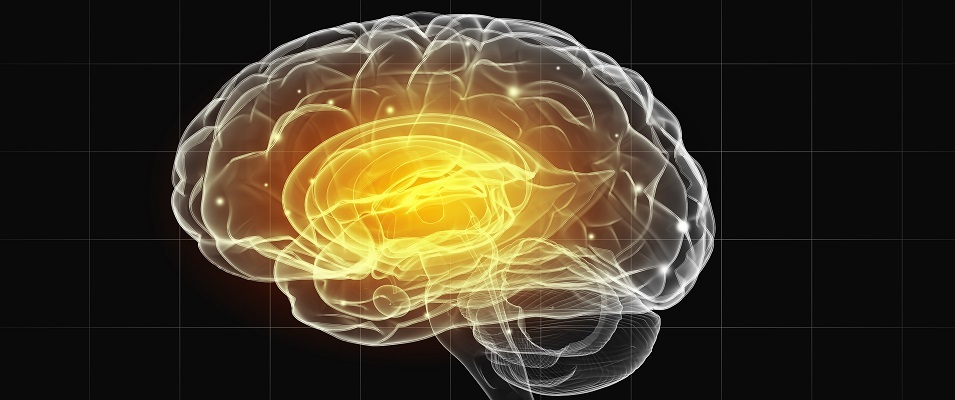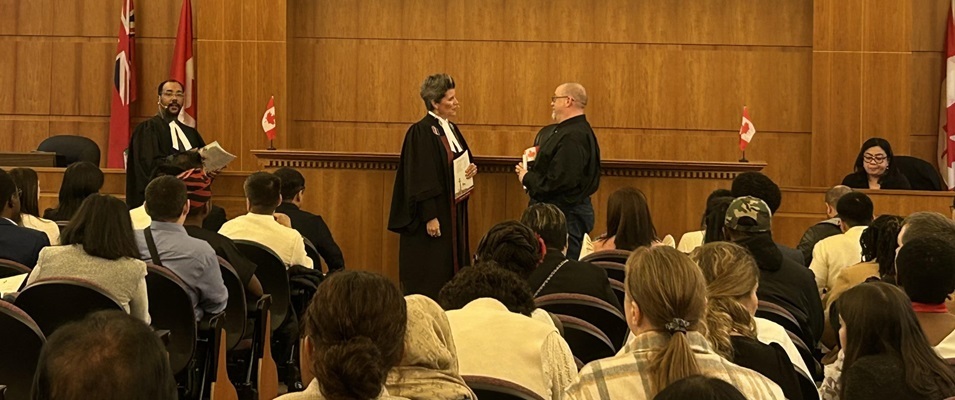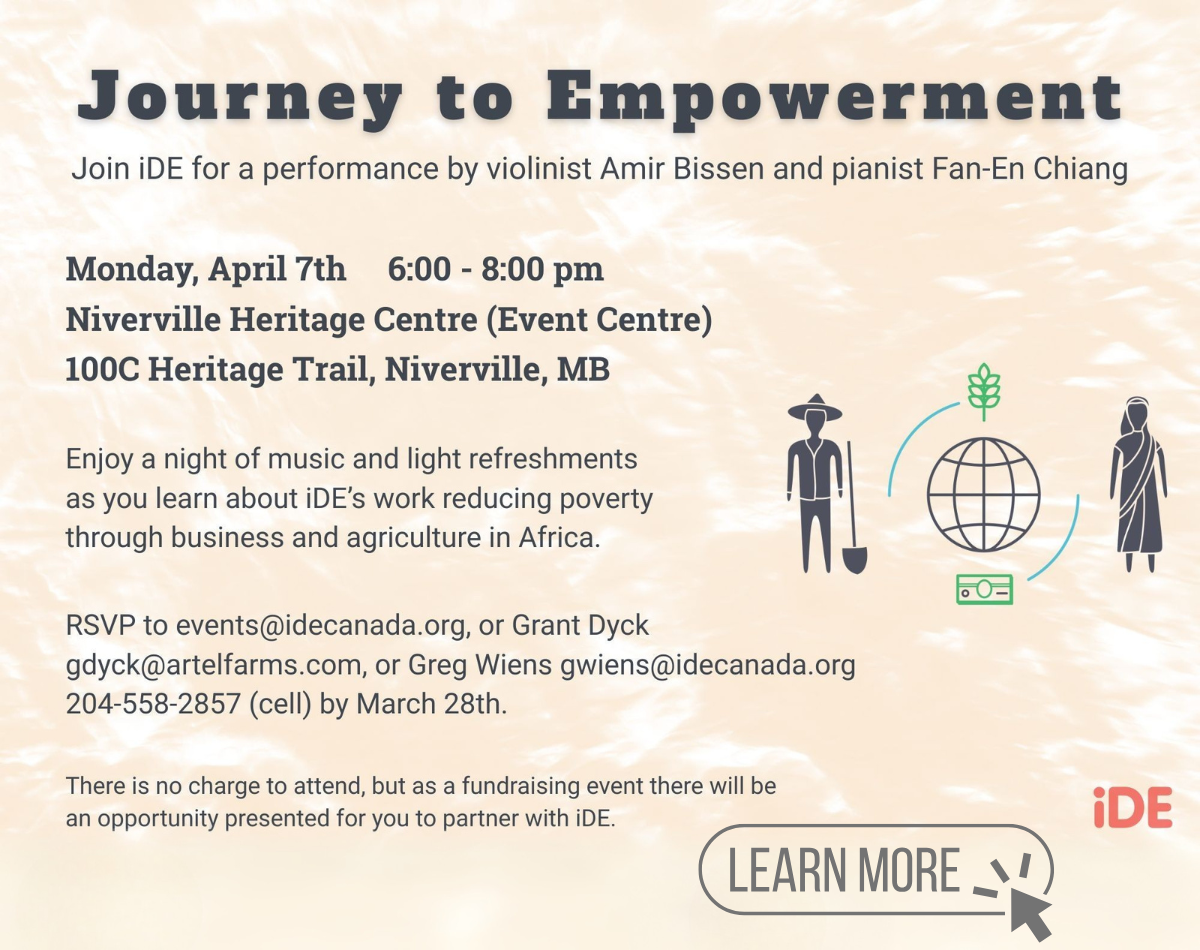
Recently, there has been an increase in dialogue and protests in Canada on the subject of “gender ideology” in schools. The opposing sides fall into two camps: those who think that discussing gender expression and sexual orientation is appropriate in school, and those who do not.
A catalyst for these conflicts is a recent political promise to require school staff to “out” transgender students to their parents, even in situations where the home may not be accepting or safe.
Both sides of this discussion are comprised of people who care deeply about the safety and well-being of children. It’s safe to say that this is not a debate about one ideology; it’s a conflict between two competing ideologies, between two different ideas about what is right and safe and healthy for children to learn about in schools. This is presented as a conflict between the rights of transgender youths and the rights of parents to know what happens with their children while at school.
When the debate devolves into name-calling and vitriol, though, all opportunity for meaningful dialogue between these ideologies is lost. We gain little by yelling at each other across lines separated by police officers.
One of the challenges put forth by the parents’ rights side goes like this: “Leave ideology out of the schools. Just focus on the things kids actually need to learn—math, science, and other subjects.”
In order to avoid the current conflict of competing ideologies, we may want to accept this challenge. What does science actually say about what it means to be transgender?
Homosexuality was thought to be a mental illness until the 1970s when the American Psychiatric Association finally acknowledged what the evidence clearly revealed: homosexuality is part of the normal spectrum of human sexuality.
Being transgender, though, has not shared the same level of acceptance. Many people believe the condition to be the result of mental illness, confusion, or even deception. Some parents are afraid that their children will be somehow tricked into becoming transgender. Frequently, claims are made about high rates of regret from people who changed genders.
For many, this is the primary question: is there something neurologically or biologically different about transgender individuals that makes them the way they are, or are their beliefs about their own identity simply mistaken?
As this is a mental health column, it makes sense to look at the question from the perspective of what has been learned about brains and gender.
But before we do so, some basic definitions are in order.
In modern culture, the words “sex” and “gender” are often used interchangeably. For the purposes of this article, “gender” refers to a socially constructed identity associated with particular role expectations. “Sex” will refer to perceived biological sex at birth.
Historically, both popular culture and the science of psychology have maintained that gender role differences are as hardwired into our brains as biological sex. This can be seen in religious and cultural traditions—for example, the Christian belief that God made males and females for distinct familial and societal roles.
Exactly how large of a difference exists between the sexes’ brains? We are still learning. However, there are several areas in which we have found clear differences in both the function and structure of male and female brains.
1. Brain function. Male and female brains have been found to have different patterns in how they process information. For example, processing smells. Males and females are sensitive to the smells of the opposite sex’s pheromones. When subjected to MRI scans, it has been found that transgendered brains align with their experienced gender, not their biological sex.
These are not unique results. Multiple studies have found that both trans-males and trans-females respond to stimuli in ways closer to their experienced gender than biological sex. This can be clearly seen in brain scans. The results cannot be faked by the individual being studied.
2. Brain structure. Groups of cells in the brain can look different in males versus females, such as being larger or smaller. There are many examples of this, including—forgive the jargon—the bed nucleus of the stria terminalus (BSTc), the sexually dimorphic nucleus of the preoptic area (SDN-POA), and the vasoactive intestinal polypeptide containing subnucleus of the suprachiasmatic nucleus (VIP-SCN).
These are just three areas of the brain which are shown to be different sizes in biological males and females.
In multiple studies conducted in different parts of the world, trans individuals have been consistently shown to possess the brain structures of their experienced gender, not of their biological sex at birth.
The results of these studies are so reliable that a neurologist examining the brain of a trans-female would conclude that they were looking at a female brain.
It’s also critical to note that these differences occur even in individuals who have not had hormone or other gender reassignment therapy. And again, these structural differences cannot be faked. They can’t be the result of a person’s confusion about their identity. They are physical realities. According to the best data we have available, we appear to be seeing female brains in male bodies, and vice versa.
This research only focuses on brains and just barely scratches the surface of the neurological evidence. The issue gets more complex when genetics are involved.
Our high school biology textbooks break down sex in a very simple way. XY chromosomes equal male, XX chromosomes equal female. That’s the rule.
However, the rule breaks down the closer one examines our wonderful species.
This writer won’t attempt to explain the genetic evidence. However, we can safely say with certainty that there are individuals walking around us right now with XY chromosomes who look and act female, even to the point of being able to give birth, and people with XX chromosomes who look and act male, even to the point of being able to father children.
Biology is a descriptive science—a science that only tells us what is actually there in nature, not how things ought to be—and continues to delve deeper with ever greater curiosity and excitement.
If there are any doubts about whether being trans is a real thing, then the neurological and biological evidence is clear.
It’s also clear that there is a mental health benefit when trans individuals are allowed to use their appropriate pronouns and transition after receiving proper counselling and medical care.
And as for the post-transition regrets we heard about earlier in this article? The most up-to-date evidence indicates that less than 0.5 percent of trans individuals who transition express regrets at having done so.
For comparison, knee replacement surgery regrets range from six percent all the way up to 30 percent. Ought we to ban discussion of knee surgeries at schools as well?
Teaching children the science about the human body in its many forms is not an evil ideology. If any disservice is being done to our children, it’s that there is not more science education being made available, and that it takes so many years for new discoveries to make their way into our education system.
This is something we can work on as a society. We can make a greater effort to encourage our schools to focus more on facts.
We might also remember that any decision to eliminate from our children’s education a perspective we don’t agree with is itself an ideology—and a shortsighted one, at that.
But the parents’ rights advocates are certainly right about this: we should take the opportunity to focus on the facts, which show that we are a much more diverse species than we could ever have dreamed.



















